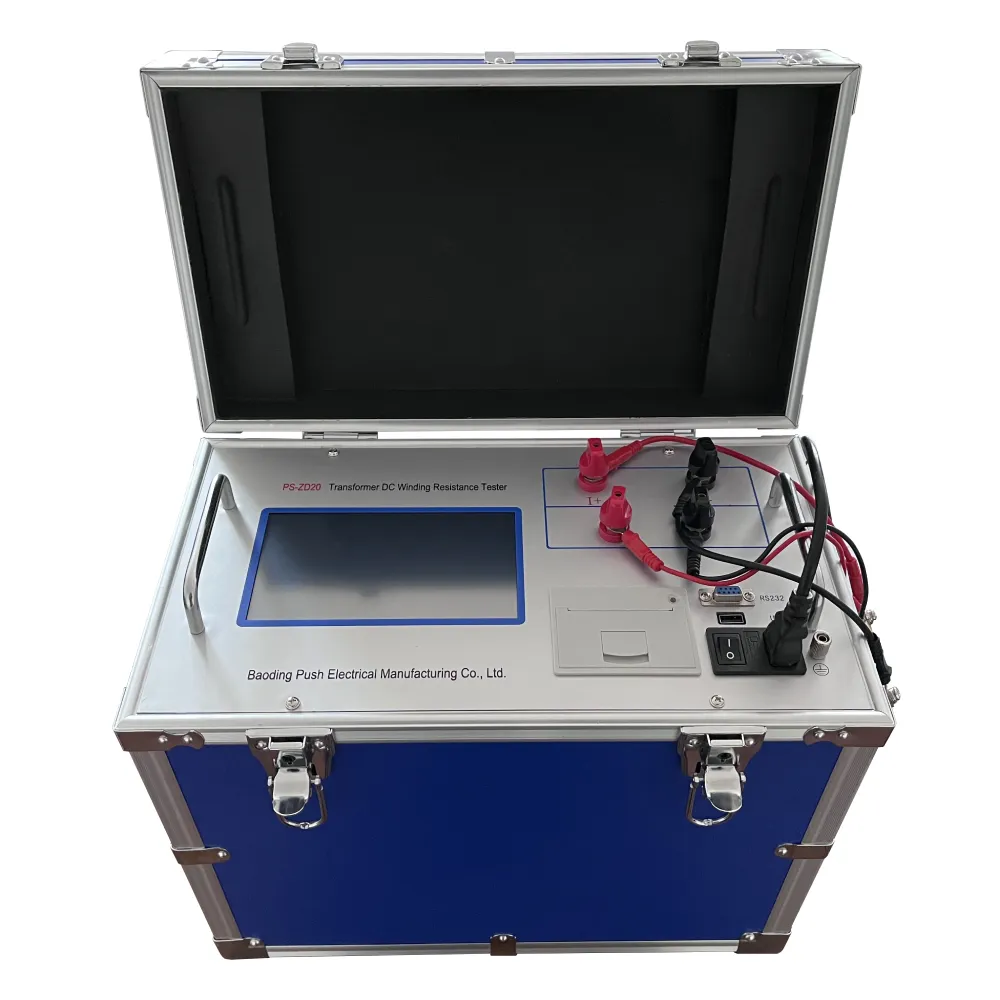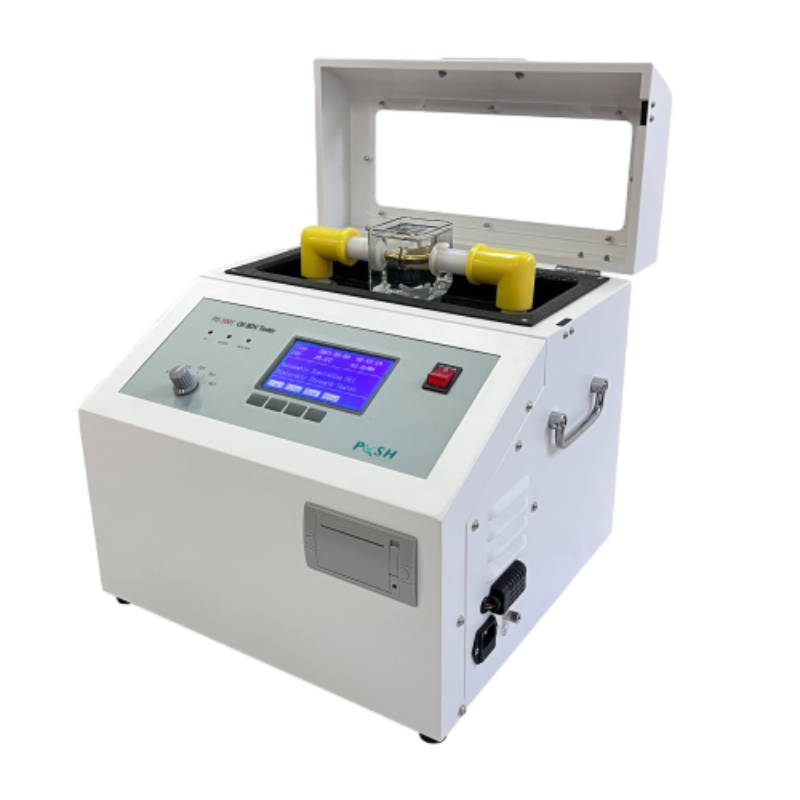TEL:
+86-0312-3189593
 English
English

Telephone:0312-3189593

Email:sales@oil-tester.com

-
 Afrikaans
Afrikaans -
 Albanian
Albanian -
 Amharic
Amharic -
 Arabic
Arabic -
 Armenian
Armenian -
 Azerbaijani
Azerbaijani -
 Basque
Basque -
 Belarusian
Belarusian -
 Bengali
Bengali -
 Bosnian
Bosnian -
 Bulgarian
Bulgarian -
 Catalan
Catalan -
 Cebuano
Cebuano -
 China
China -
 China (Taiwan)
China (Taiwan) -
 Corsican
Corsican -
 Croatian
Croatian -
 Czech
Czech -
 Danish
Danish -
 Dutch
Dutch -
 English
English -
 Esperanto
Esperanto -
 Estonian
Estonian -
 Finnish
Finnish -
 French
French -
 Frisian
Frisian -
 Galician
Galician -
 Georgian
Georgian -
 German
German -
 Greek
Greek -
 Gujarati
Gujarati -
 Haitian Creole
Haitian Creole -
 hausa
hausa -
 hawaiian
hawaiian -
 Hebrew
Hebrew -
 Hindi
Hindi -
 Miao
Miao -
 Hungarian
Hungarian -
 Icelandic
Icelandic -
 igbo
igbo -
 Indonesian
Indonesian -
 irish
irish -
 Italian
Italian -
 Japanese
Japanese -
 Javanese
Javanese -
 Kannada
Kannada -
 kazakh
kazakh -
 Khmer
Khmer -
 Rwandese
Rwandese -
 Korean
Korean -
 Kurdish
Kurdish -
 Kyrgyz
Kyrgyz -
 Lao
Lao -
 Latin
Latin -
 Latvian
Latvian -
 Lithuanian
Lithuanian -
 Luxembourgish
Luxembourgish -
 Macedonian
Macedonian -
 Malgashi
Malgashi -
 Malay
Malay -
 Malayalam
Malayalam -
 Maltese
Maltese -
 Maori
Maori -
 Marathi
Marathi -
 Mongolian
Mongolian -
 Myanmar
Myanmar -
 Nepali
Nepali -
 Norwegian
Norwegian -
 Norwegian
Norwegian -
 Occitan
Occitan -
 Pashto
Pashto -
 Persian
Persian -
 Polish
Polish -
 Portuguese
Portuguese -
 Punjabi
Punjabi -
 Romanian
Romanian -
 Russian
Russian -
 Samoan
Samoan -
 Scottish Gaelic
Scottish Gaelic -
 Serbian
Serbian -
 Sesotho
Sesotho -
 Shona
Shona -
 Sindhi
Sindhi -
 Sinhala
Sinhala -
 Slovak
Slovak -
 Slovenian
Slovenian -
 Somali
Somali -
 Spanish
Spanish -
 Sundanese
Sundanese -
 Swahili
Swahili -
 Swedish
Swedish -
 Tagalog
Tagalog -
 Tajik
Tajik -
 Tamil
Tamil -
 Tatar
Tatar -
 Telugu
Telugu -
 Thai
Thai -
 Turkish
Turkish -
 Turkmen
Turkmen -
 Ukrainian
Ukrainian -
 Urdu
Urdu -
 Uighur
Uighur -
 Uzbek
Uzbek -
 Vietnamese
Vietnamese -
 Welsh
Welsh -
 Bantu
Bantu -
 Yiddish
Yiddish -
 Yoruba
Yoruba -
 Zulu
Zulu
Gearr . 12, 2025 17:33
Back to list
short ckt test of transformer
Conducting a short circuit test on a transformer is an essential procedure for evaluating its operational parameters and identifying any potential issues that could affect its performance. The short circuit test is primarily focused on determining the winding resistance, leakage reactance, and overall efficiency of the transformer under shorted conditions. Among electrical engineers and technicians, this test is highly valued for its precision in predicting the transformer's behavior under fault conditions, which directly contributes to minimizing downtimes and preventing catastrophic failures in power systems.
Documented experiences from field experts demonstrate that the insights obtained from short circuit tests enable proactive intervention techniques. By understanding how a transformer would react under potential fault conditions, technicians can implement enhanced protection mechanisms, such as circuit breakers and fuse systems, tailored to the specific capacity and impedance characteristics of the transformer in question. In essence, the short circuit test is not merely a procedural check but a foundational element of transformer diagnostics. It provides a comprehensive portrayal of the transformer's capacity to handle stress, thus reinforcing the entirety of the electrical network's safety and efficiency. As electrical networks evolve and grow increasingly complex, the information gleaned from short circuit tests is invaluable in making informed decisions regarding infrastructure investments and innovations. The credibility and trustworthiness of the short circuit test lie in its extensive application across various transformer types and sizes, ranging from small-scale distribution transformers to massive power transformers used in large power plants. Suppliers who advertise their products' resilience to short circuits often highlight this testing in product documentation as a testament to their commitment to high quality and durability. Overall, the short circuit test remains a cornerstone of transformer technology, a non-negotiable element of modern electrical engineering, empowering industry players to enhance the safety and efficiency of power delivery systems worldwide. Embracing this test as part of a routine maintenance and evaluation plan can significantly mitigate operational risks and lead to sustained improvements in transformer design and application.


Documented experiences from field experts demonstrate that the insights obtained from short circuit tests enable proactive intervention techniques. By understanding how a transformer would react under potential fault conditions, technicians can implement enhanced protection mechanisms, such as circuit breakers and fuse systems, tailored to the specific capacity and impedance characteristics of the transformer in question. In essence, the short circuit test is not merely a procedural check but a foundational element of transformer diagnostics. It provides a comprehensive portrayal of the transformer's capacity to handle stress, thus reinforcing the entirety of the electrical network's safety and efficiency. As electrical networks evolve and grow increasingly complex, the information gleaned from short circuit tests is invaluable in making informed decisions regarding infrastructure investments and innovations. The credibility and trustworthiness of the short circuit test lie in its extensive application across various transformer types and sizes, ranging from small-scale distribution transformers to massive power transformers used in large power plants. Suppliers who advertise their products' resilience to short circuits often highlight this testing in product documentation as a testament to their commitment to high quality and durability. Overall, the short circuit test remains a cornerstone of transformer technology, a non-negotiable element of modern electrical engineering, empowering industry players to enhance the safety and efficiency of power delivery systems worldwide. Embracing this test as part of a routine maintenance and evaluation plan can significantly mitigate operational risks and lead to sustained improvements in transformer design and application.
Previous:
Latest news
-
Testing Equipment Industry Sees Major Advancements in 2025: Smart & Precision Technologies Lead the WayNewsJun.06,2025
-
Applications of Direct Current Generators in Renewable Energy SystemsNewsJun.05,2025
-
Hipot Tester Calibration and Accuracy GuidelinesNewsJun.05,2025
-
Digital Circuit Breaker Analyzer Features and BenefitsNewsJun.05,2025
-
Benefits of Real-Time Power Quality Monitoring Devices for Industrial EfficiencyNewsJun.05,2025
-
Earth Fault Loop Testing in High-Rise Building Electrical SystemsNewsJun.05,2025



